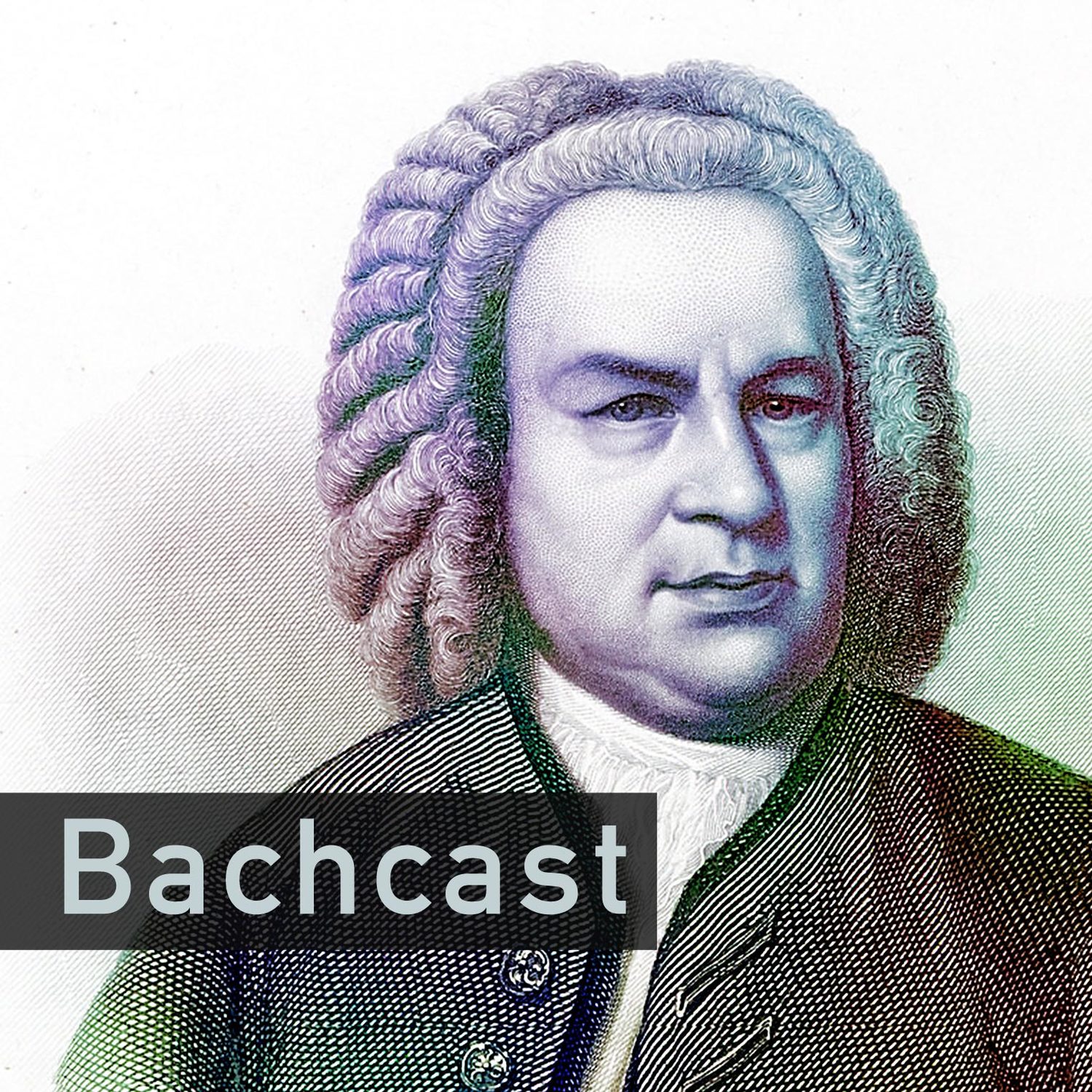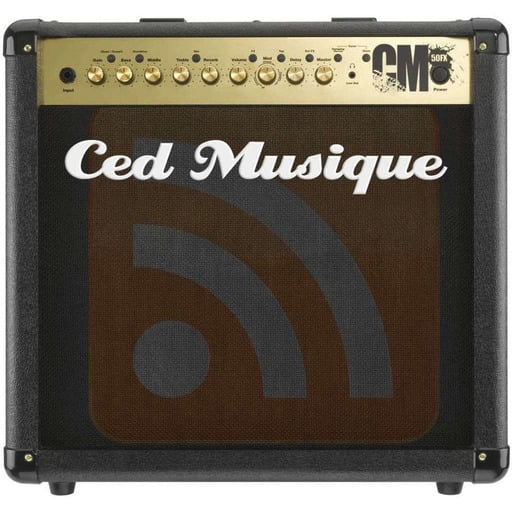Show Notes
Movements:
- Prelude
- Allemande
- Courante
- Sarabande
- Gavottes
- Gigue
Bach’s six suites for solo cello were written before his move to Leipzig, and a score survives written in the hand of his second wife, Anna Magdalena. This evidence recently elicited a suggestion that perhaps the works were in fact by Bach’s wife, and not him; many did not seriously consider this proposition, based in part on other evidence that A.M. Bach had copied other works quite clearly authored by her husband.
As the sixth suite, it breaks from the norm with evidence of being written for performance on a special instrument à cinq cordes. The piccolo cello, used in many period instrument recordings, has a fifth string, extending the range another fifth. This helps in performance due to the fact that Bach uses a quite extensive range, leaving the bass clef for an upper range that would be challenging on a baroque instrument with a limited fingerboard. With a modern cello, the extended range is less of an issue. Other commentators have suggested other instruments as well, including those that can be played off the arm.
The notes linked below by Costanza are quite nice and really highlight a lot of interest in these pieces. Listening to his tracks, I also like his playing, but I’m going to be sampling from recordings I have lived with somewhat longer.
I find the whole collection remarkable, especially given the lack of information around their composition (and purpose) and information about who in Bach’s circle performed them. Also remarkable was that Bach, as far as we know not a virtuoso cellist, was able to compose works of such incredible emotional depth, not to mention pushing the envelope of cello playing technique.


 Emissions
Emissions











